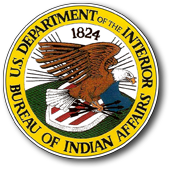As forecast in my novel, The Rule of Equity, the United States is facing a deluge of foreign investment. China has $4 trillion in foreign exchange reserves. The thousands of millionaires in China have tremendous incentive to acquire foreign assets.
I know several people who have been involved with the EB-5 visa program (U.S. visas issued to foreigners who invest more than $500,000 in America). About 85% of these visas are issued to Chinese investors. Chinese investors are buying up residential real estate throughout the U.S., especially along the west coast but also in other areas, as I've discussed before.
This article discusses one aspect of the issue--how Chinese investors need American assistance to wisely invest $2 trillion here in the next decade!
http://fortune.com/2014/10/28/us-china-foreign-investment/
Excerpt:
"The recent $1.95 billion acquisition of the iconic Waldorf Astoria Hotel in New York by a private Chinese insurance company, Anbang, grabbed news headlines around the U.S. What attracted attention was not just the price paid by the Chinese investor ($1.95 billion was the highest price paid for an existing hotel in the U.S.), but the identity of the purchaser, China’s eighth-largest insurance conglomerate, owned by the grandson-in-law of the late Chinese leader Deng Xiaoping.
As with other high-profile Chinese deals (such as Shuanhui’s acquisition of Smithfield Foods for $4.7 billion in May 2013), the Waldorf Astoria transaction raises important business and policy questions: what is driving Chinese foreign direct investment (FDI) and what is the best response to this important development?"






